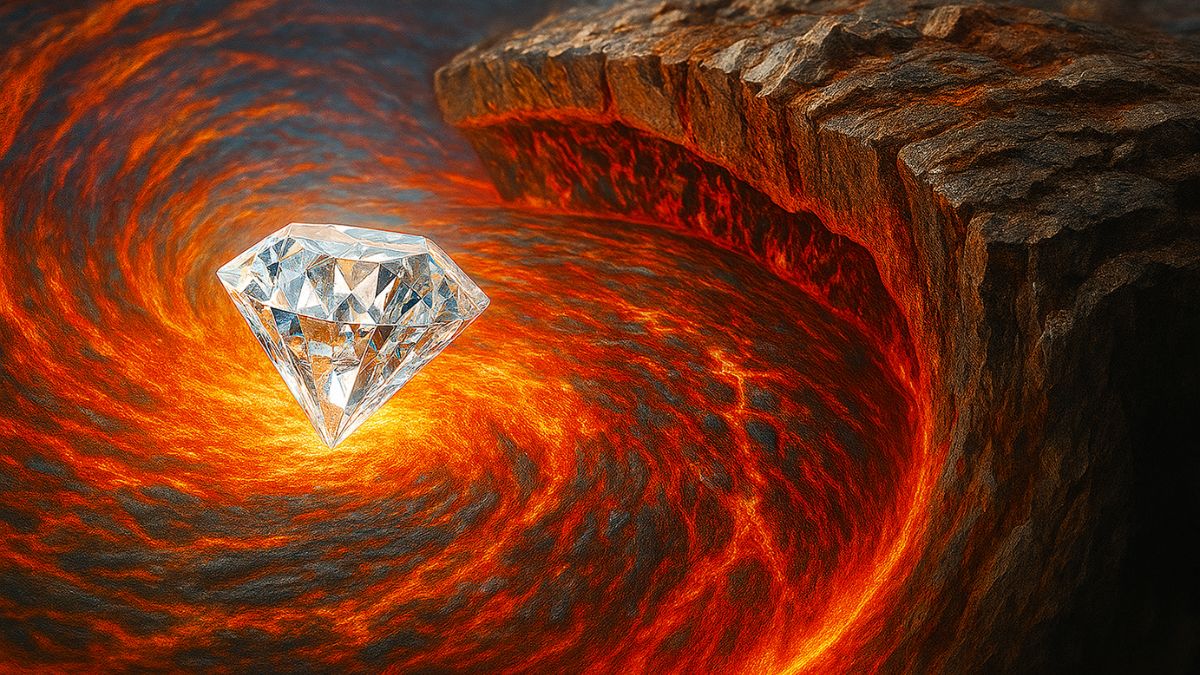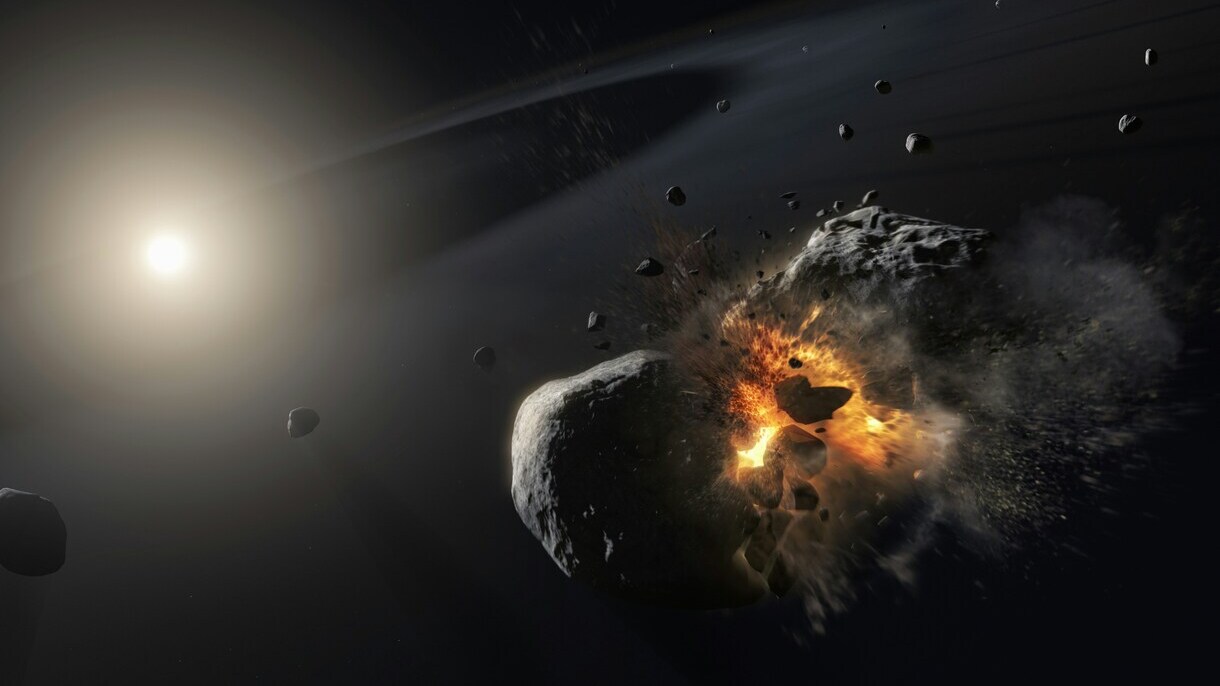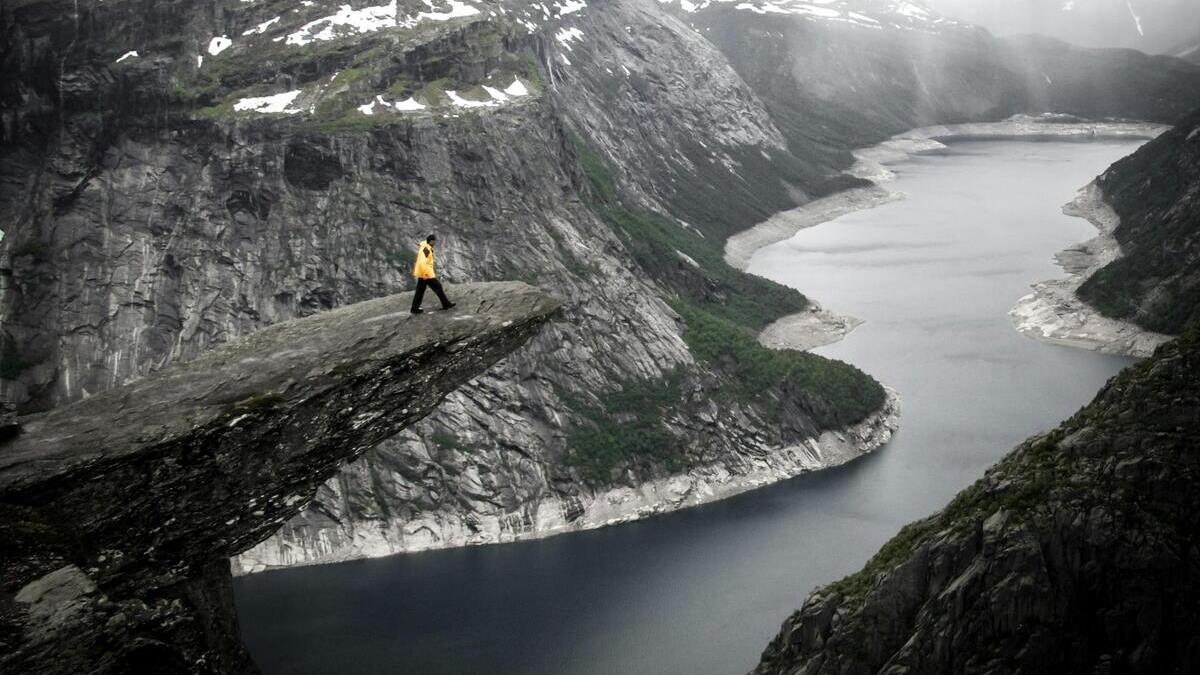Truth & Goodness
Asteroid 2032 Near-Miss: How the Human Brain Reacts to Global Fear
30 November 2025

Where do diamonds come from? The latest research by scientists in Oslo shows that these precious stones are born deep in the Earth's mantle and must rush to the surface at speeds of up to 130 km/h to avoid turning into common graphite. Carbon dioxide is key—it fuels the dramatic journey of kimberlite, which transports diamonds from the depths to the surface.
The discoveries made by researchers at the University of Oslo have significantly increased our knowledge about how diamonds end up in the Earth’s crust. Geologists already knew that miners extract diamonds from kimberlite—a porous rock that remains one of the most mysterious rock types in the world.
Why? It forms very deep underground, at depths greater than 150 kilometers. This is no longer the rocky crust, but the Earth’s upper mantle, which is composed mainly of semi-liquid metals. The puzzle was how kimberlites, formed in the mantle, and the diamonds they contained, managed to move closer to the surface.
It turns out that the driving force behind kimberlite is carbon dioxide. The Oslo team measured, for the first time, exactly how much gas is needed for kimberlite to reach the surface. Using advanced molecular simulations, the scientists tested different compositions of the primitive magma on kimberlite from northwestern Canada. They published their observations in the journal Geology.
How was the research conducted? “Our idea was to create a chemical model of kimberlite and then vary the CO2 and H2O content,” explains Ana Anzulović, the experiment’s lead author, in a statement to the Geological Society of America. It’s like the scientists were taking samples of the diamond-bearing rock at various stages of its journey through the Earth’s interior.
The experts demonstrated that kimberlite must move towards the Earth’s crust at a speed of up to 130 km/h. Why? If it moved any slower, the prolonged effect of pressure and temperature would transform the valuable diamonds into mundane graphite.
The researchers found that without at least 8.2 percent carbon dioxide, kimberlite cannot make such a fast journey. The gas powers the entire process, while water keeps the magma in a fluid state.
The study also reveals that without the right amount of gases, diamonds would remain trapped in the Earth’s mantle forever. Carbon dioxide structures the magma under high pressure, and near the surface, it degasses it and drives the kimberlite eruption. Importantly, these types of rocks are not just a “transport medium” for diamonds; they are true windows through which we can look into the Earth’s interior. On its way to the surface, the magma that forms kimberlite picks up fragments of the rocks it encounters. As a result, we receive invaluable samples from places that humans can never reach.
“They start as something we cannot directly measure, so we don’t know what the primitive kimberlite magma would look like,” explains Ana Anzulović. The lightning-fast trip from the Earth’s mantle alters rocks beyond recognition, and geologists derive all knowledge about kimberlite formation from these samples. This is why the new molecular modeling is so important—it allows us to look into the past and understand processes from millions of years ago. Thanks to geologists, knowing where diamonds come from is much more than just a jeweler’s curiosity. This research also answers: How are diamonds formed?
Worth reading: Solar Maximum Alert: The Northern Lights Could Be Visible Across Central and Western Europe
Read this article in Polish: Naukowcy odkryli, jak powstają diamenty. Niezwykły wyścig z czasem
Truth & Goodness
30 November 2025

Truth & Goodness
30 November 2025


Zmień tryb na ciemny